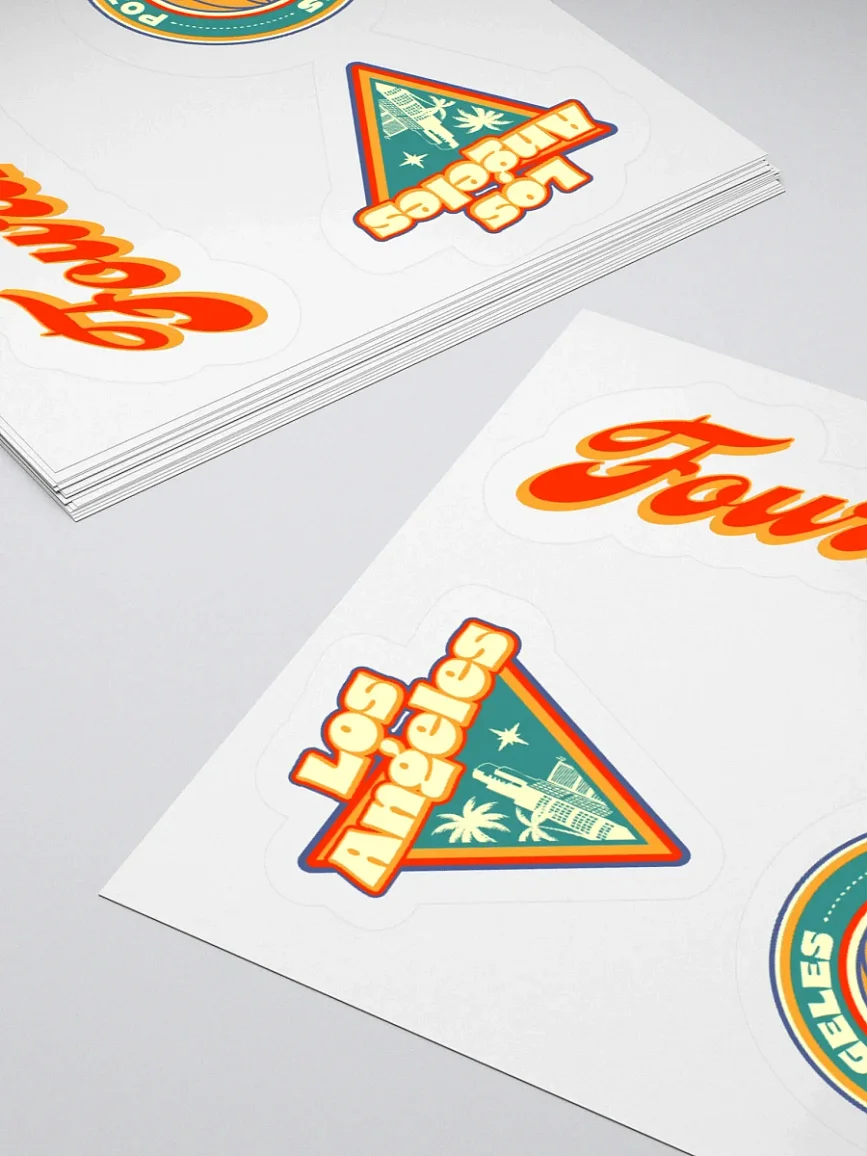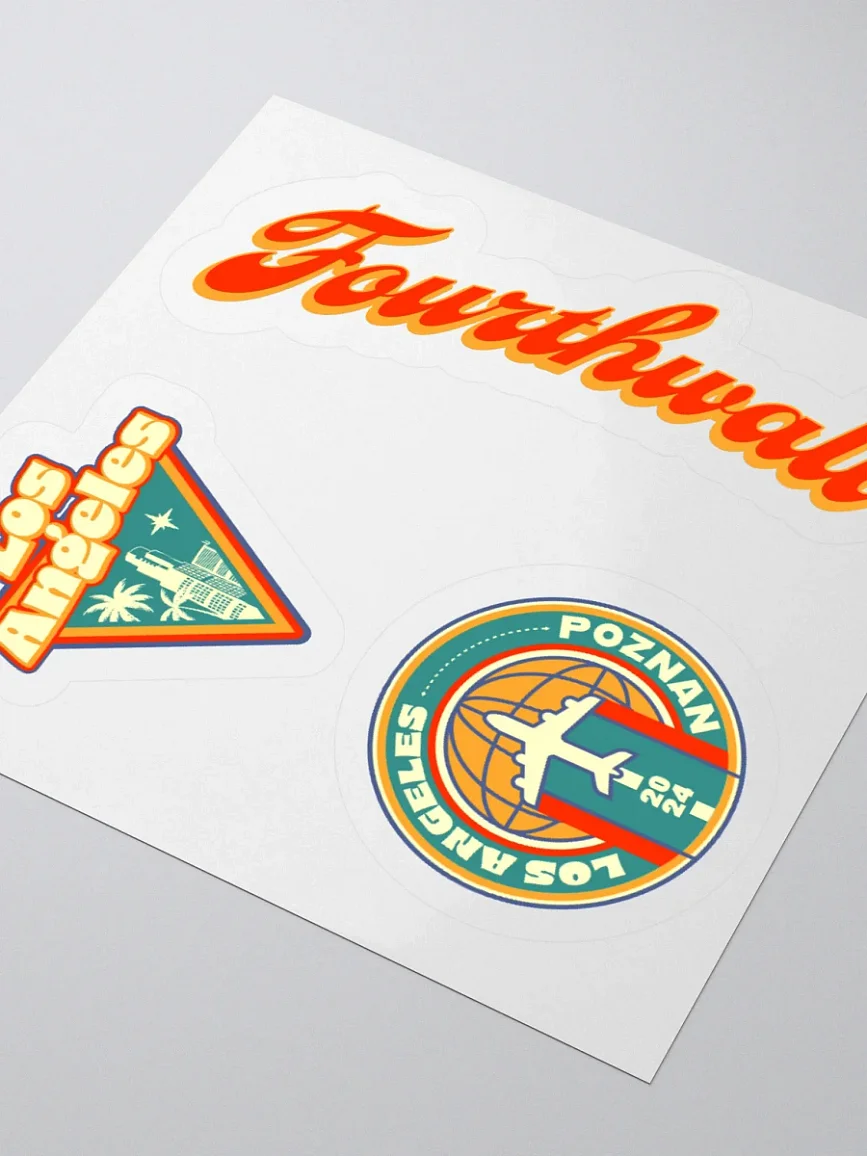How to Advertise on YouTube: A 2024 Guide for Creators

Content creation and marketing play pivotal roles in finding success in the digital world, and YouTube has become a great place for advertisers looking to connect with their target audience.
This guide is designed to shed light on the intricate world of YouTube advertising, providing valuable insights, strategies, and best practices for navigating the digital realm with confidence.
Why Choose YouTube for Advertising?
When contemplating the creation of a YouTube ad, you're making a strategic choice backed by solid reasoning. Here are three compelling motivations that draw creators to embrace YouTube as their advertising platform of choice:
- YouTube's Vast Landscape: As the internet's second-largest search engine, YouTube has over 2 billion monthly active users. This provides creators with an expansive canvas to disseminate their messages to a diverse global audience.
- Laser-Sharp Targeting: The true power of YouTube's advertising lies in its precision. Creators can harness the capabilities of targeted advertising to meticulously select specific demographics and interests, resulting in highly effective ad campaigns.
- Versatile Ad Formats: YouTube advertising offers a spectrum of ad formats, from captivating entertainment to informative education. This versatility ensures that your YouTube ads resonate with the target audience, enhancing engagement.
6 Types of YouTube Ads
Before diving into your first campaign, it's essential to familiarize yourself with the different types of YouTube ads. Understanding these formats will help you craft ads that align perfectly with your chosen strategy. Here’s a closer look at each option:
1. TrueView Video Ads
TrueView ads are the backbone of YouTube advertising and offer an unmatched combination of viewer control and advertiser flexibility. These ads allow viewers to skip after five seconds, ensuring you pay only when someone engages with your ad. They come in two main formats:
- TrueView In-Stream Ads: These play before, during, or after a YouTube video and include features like a skip button, countdown timer, and clickable links. Advertisers are charged only when viewers watch at least 30 seconds or interact with the ad (e.g., clicking on a call-to-action). This format is perfect for building brand awareness or driving traffic to your website.
- TrueView Discovery Ads: These appear as sponsored placements in YouTube search results or as thumbnails in the sidebar of watch pages. When clicked, they lead to your video on a dedicated watch page. Discovery ads are ideal for engaging users already searching for content related to your offering.
TrueView ads are cost-effective and ideal for advertisers focused on delivering value by reaching interested audiences. With flexible video lengths (12 seconds to 6 minutes), you can experiment with creative storytelling and product demonstrations.
2. Cost-Per-View and Cost-Per-Thousand-Impressions
CPV and CPM are two key pricing models for YouTube ads:
- CPV (Cost-Per-View): You pay only when a viewer watches your ad for a specified amount of time or interacts with it. This model works well for advertisers focused on engagement and conversions.
- CPM (Cost-Per-Thousand-Impressions): Designed for campaigns prioritizing reach and visibility, CPM ads charge per 1,000 impressions. These ads are effective for building brand awareness on a large scale.
Both models let advertisers manage budgets strategically while optimizing campaigns for specific goals, such as maximizing views or increasing brand exposure.
3. Remarketing
Remarketing ads allow you to reconnect with users who have previously engaged with your YouTube videos, channel, or website. These ads are particularly effective in driving conversions, as they target an already-interested audience. With remarketing, you can:
- Showcase products viewers previously explored.
- Create custom campaigns for users at different stages of the buying journey.
- Drive repeat engagement with your channel.
This strategy works well for reinforcing your message and converting warm leads into loyal customers.
4. Outstream Ads
Outstream ads are video ads optimized for mobile devices and are displayed outside of YouTube on partner websites and apps. These ads automatically play without sound, allowing viewers to tap for audio. Outstream ads are:
- Cost-effective for reaching mobile audiences.
- Useful for increasing reach and visibility beyond the YouTube platform.
- Non-intrusive, as users can scroll past if uninterested.
Outstream ads work best for expanding brand awareness, especially in markets where mobile consumption dominates.
5. YouTube Channel Masthead
The YouTube Channel Masthead is premium advertising real estate displayed on the YouTube homepage. As one of the most visible ad placements, it guarantees exposure to millions of viewers. Key benefits include:
- High-impact visibility for launching new products, promoting events, or running branding campaigns.
- Customizable designs that can include autoplay videos, CTAs, and links to your channel or website.
The masthead is a top choice for brands looking to dominate visibility during high-traffic periods or major announcements.
6. Audience Targeting
Audience targeting ensures your ads reach the most relevant viewers by leveraging YouTube’s extensive data. With tools like, you can refine your audience based on:
- Demographics: Age, gender, parental status, household income, etc.
- Interests: Categories like fitness, gaming, or beauty.
- Keywords: Specific terms viewers are searching for.
- Custom Audiences: Combine traits to target niche audiences effectively.
Audience targeting maximizes ad performance by connecting you with viewers most likely to engage with your content, ensuring every dollar spent works harder.
Creating YouTube Ads: A 10-Step Journey for Creators
Creating effective YouTube ads is an essential skill for any content creator aiming to maximize their reach and engagement. Below is a step-by-step guide to help you launch a successful advertising campaign on YouTube.
Step 1: Uploading Your YouTube Video Advertisement
Begin by uploading your video ad to your YouTube account. Whether you're creating fresh content or using an existing video masterpiece, ensure that the video aligns with your advertising campaign goals. Optimize the YouTube video title, description, and tags with relevant keywords to enhance discoverability through YouTube search and Google Ads. This step is critical for laying the foundation of a successful ad campaign.
Step 2: Initiating a New Campaign in Google Ads
Log in to your Google Ads account to start a new campaign. Select the “New Campaign” option to define the framework for your YouTube advertising strategy. This stage involves choosing your campaign objectives and preferred ad formats, ensuring your campaign is tailored to your goals. Familiarize yourself with the available ad types, such as bumper ads, display ads, and TrueView ads, to make an informed decision.
Step 3: Setting Goals and Campaign Type
Your ad campaign should have clear and measurable goals, such as increasing brand awareness, boosting YouTube channel subscribers, or driving traffic to your website. Choose a campaign type that matches your objectives—e.g., video campaigns for video ads or brand campaigns for broader visibility. Clear goal-setting ensures you can track performance effectively through metrics like watch time, impressions, and ad revenue.
Step 4: Budget Allocation
Define your ad campaign budget, which determines the reach, frequency, and duration of your ads. Decide whether to use a daily or total budget, depending on your advertising goals and timeframe. Budget allocation plays a key role in optimizing bidding strategies, ensuring your ads reach the right viewers without exceeding costs. CPM and CPV models can help balance cost efficiency and visibility.
Step 5: Content Exclusions
Use content exclusions to ensure your ads don’t appear alongside inappropriate or irrelevant content, protecting your brand’s reputation. For example, exclude certain categories or channels from your placement options to avoid aligning your video advertising with sensitive or controversial topics. Content exclusions are crucial for maintaining brand awareness and a positive viewer experience.
Step 6: Audience Targeting and Keyword Selection
Leverage YouTube’s advanced target audience tools to define who sees your YouTube ads. Use filters like demographics (age, gender, income), interests, and keywords related to your YouTube channel and content. For example, a content creator promoting tech gadgets might target audiences interested in technology, gaming, or reviews. Strategic targeting ensures your advertising campaign reaches the most relevant viewers.
Step 7: Ad Group Creation and Format Selection
An ad group is a collection of ads that share the same targeting and bidding criteria. Choose the right format—such as TrueView ads, bumper ads, or overlay ads—to match your campaign goals. For instance, TrueView ads are ideal for storytelling, while bumper ads are effective for brief, impactful messages. Carefully define your ad group’s settings to maximize engagement.
Step 8: Placement and Scheduling
Decide where and when your video ads will appear. Placement options include YouTube videos, partner sites, and apps. Scheduling ensures your ads on YouTube reach viewers during peak engagement times. For instance, a food brand might run ads during lunch and dinner hours to capture their audience when they’re most likely to be hungry.
Step 9: Ad Text and Visual Elements
Create compelling ad text that grabs attention and encourages action. Use strong calls-to-action (CTAs) like “Subscribe Now” or “Shop Today.” Pair this with high-quality visuals, including thumbnails, banners, and companion images. Visual consistency with your YouTube channel branding ensures your ad is memorable and cohesive. Eye-catching visuals improve impressions and drive viewer interest.
Step 10: Review and Launch
Before launching, thoroughly review your ad campaign settings, including targeting, budget, placements, and visuals. Test your ad’s functionality to ensure it meets your goals. Once satisfied, launch your campaign and monitor its performance using analytics tools in Google Ads. Track metrics like watch time, ad revenue, and impressions to refine and optimize your campaign over time.
Best Practices for YouTube Advertising
- Grab Attention Quickly:
The first five seconds of your YouTube ad are critical for capturing viewer interest, as many advertisers face the risk of being skipped. Use bold visuals, intriguing questions, or a compelling hook to ensure your audience stays engaged. By focusing on these moments, you can maximize watch time and increase the likelihood of conversions. - Custom Thumbnails:
Thumbnails act as the face of your video ads and are a key driver of clicks. Design visually striking thumbnails that accurately represent your content while enticing viewers to watch. Effective thumbnails use bold colors, readable text, and images that appeal directly to your target audience. - Calls-To-Action:
Strong calls-to-action (CTAs) guide viewers toward desired outcomes, such as subscribing to your YouTube channel, visiting your website, or exploring your product. Use actionable language like "Learn More," "Shop Now," or "Subscribe Today" to encourage engagement. Placing CTAs strategically in the ad enhances interactivity and supports your advertising campaign's goals. - Data-Driven Decision Making:
Leverage YouTube advertising analytics to track metrics like views, impressions, and conversions. These insights help you understand what resonates with your audience, enabling you to adjust targeting, bidding, or ad creative. Regularly analyzing performance ensures your ad campaign stays efficient and achieves optimal results. - Deliver Value-Added Content:
Create ads that provide genuine value to your audience, such as solving a problem, educating, or entertaining. Avoid misleading content or clickbait titles, as these can damage your brand's reputation and alienate viewers. Remember, prioritizing high-quality, relevant video advertising content can help you build long-term engagement.
Grow your Brand Today!
In addition to your YouTube advertising endeavors, consider exploring the YouTube Partner Program (YPP). This program enables creators to monetize their content, converting their audience into a thriving community and expanding the reach of their brand.
Creating successful ads on YouTube requires effort, planning, and execution. But if done correctly, it can be a highly effective way to reach a vast audience and increase brand awareness.
By following the steps and best practices outlined in this guide, creators can create ads that resonate with their viewers and grow their brand.
Additionally, creators can amplify their success by monetizing their brand through creator monetization platforms like Fourthwall. By building your online shop and offering merchandise or memberships, you can transform your audience into a community and grow your brand even further.
Frequently Asked Questions
How Are YouTube Ads Done?
YouTube ads are created using Google Ads, where advertisers design and manage their advertising campaigns.
By uploading video ads to their YouTube account and choosing a format like TrueView, bumper, or display ads, advertisers target specific audiences based on demographics, keywords, and interests.
With flexible bidding models like CPV (Cost-Per-View) and CPM, advertisers only pay when their goals are met, such as increasing views, boosting engagement, or driving traffic.
These ads appear across YouTube videos, streams, and even in YouTube search results, making them a powerful tool for monetization and brand awareness.
How Do You Start a YouTube Campaign?
To start a YouTube campaign, log into your Google Ads account, click “New Campaign,” and select your goal—such as boosting views or increasing ad revenue.
Upload your video ad, define your budget, and select a format like TrueView or overlay ads. Use YouTube’s targeting options to focus on a specific target audience based on demographics, keywords, and interests.
Fine-tune placement and scheduling to maximize visibility during peak times, then launch your campaign. Regularly monitor performance metrics, like viewers reached and watch time, to optimize your advertising campaign.
How Do I Get Rid of New Ads on YouTube?
To get rid of ads on YouTube, you can subscribe to YouTube Premium, which removes all video ads for viewers while supporting creators through a revenue-sharing model.
Alternatively, certain browser extensions block display ads and other advertising formats, but these may violate YouTube’s terms of service.
Businesses seeking to advertise on YouTube should focus on creating high-quality ads that engage rather than disrupt, minimizing the likelihood of being skipped or ignored by their target audience.
















